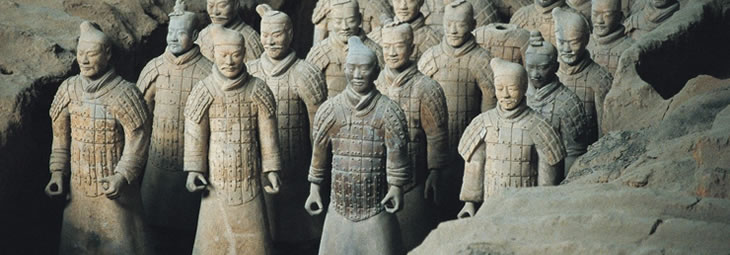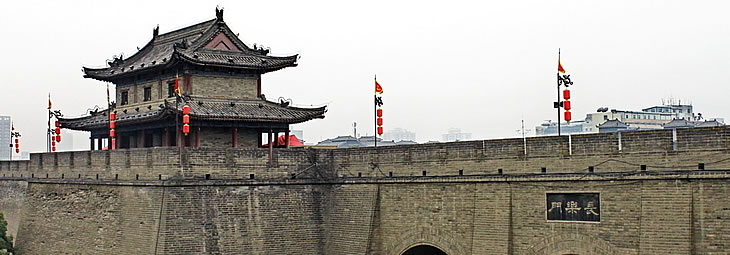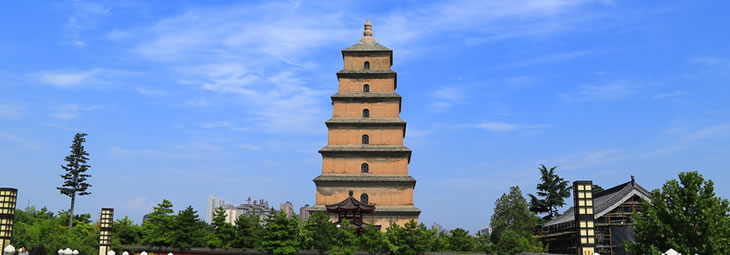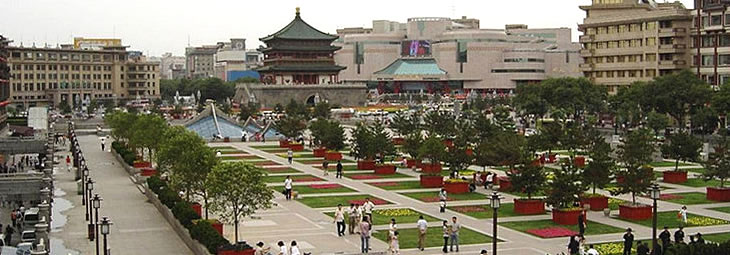
|
Start Day: July 15, 2018
The Submission Deadline:
May 15, 2018June 20, 2018
Registration Deadline:
June 1, 2018 June 20, 2018
NOTE
Detailed program have be released
Dr. Qing Wan
Tel: 18700782311
Dr. Xiaoli Ding
About Xi’an Polytechnic University
Xi’an Polytechnic University, or XPU, is a typical industry-based university in China under the direct leadership of the Education Department of Shaanxi Provincial Government. As one of the earliest institutions where China’s higher education in textile took shape, XPU at present goes beyond the textile by offering education at different levels including 63 undergraduate programs, 25 graduate programs, and 1 joint PHD program. Located in the eastern part of Xi’an,XPU consists of two campuses-Jinhua Campus in downtown and Lintong Campus near to the Terra-Cotta Warriors.
XPU is always open to international friends. Over the years XPU is active in a full range of international cooperation and exchanges in education.To date, it has ties with more than 50 universities and academic institutions in 20 countries or regions.More than 500 students have been studying abroad through the dual degree programs between XPU and partner universities in the U.S, UK, Australia and Canada. More than 400 faculties and students have visited partner universities through various exchange programs and more than 400 foreign students have studied at XPU since 1995. XPU has successfully held international conferences, such as the first and second International Wool Conference, The Sixth China International Warp Knitting Design Awards, TBIS2014, etc. With the opening up of ‘One belt, One road’initiative, we have made it a strategic priority to go global.
Tourism in Xi'an
Xi'an (西安), the capital of Shaanxi Province, located in the northwest of the People's Republic of China, in the center of the Guanzhong Plain. It is one of the oldest cities in China, the city was known as Chang'an before the Ming dynasty. Xi'an is the oldest of the Four Great Ancient Capitals of China, having held the position under several of the most important dynasties in Chinese history, including Zhou, Qin, Han, Sui, and Tang. Xi'an is the starting point of the Silk Road and home to the Terracotta Army of Emperor Qin Shi Huang. There are many tourist spots in Xi'an, such as the world-famous Terracotta Warriors (兵马俑), impressive Big Wild Goose Pagoda (大雁塔), grandiose Ancient City Wall (西安明城墙) and etc.
Here is the planned tourism route on Apr. 28, 2017 (from 8:30 to 17:00):
Terracotta Warriors(兵马俑)--- Ancient City Wall(西安明城墙)--- Big Wild Goose Pagoda(大雁塔)---Xi'an Zhonggulou Square(西安钟鼓楼)---Xi'an Muslim Food Street(回民小吃街)
Terracotta Warriors(兵马俑)
The Terracotta Warriors (Figure 1), also referred as Terracotta Warriors and Horses, is located in east of Lintong District of Xi'an, China, lying Lishan Mountain in south and facing Weihe River in north. With its large scale and overwhelming momentum, the Terracotta Warriors is regarded as the Eighth World Wonder and was listed into 5A world cultural heritage in 1987. The Terracotta Warriors is a collection of terracotta figures showcasing the armies of Qin Shi Huang, the first Emperor of China. There are three main square-shaped pits hosting these warriors, chariots and horses.

Figure 1: Terracotta Warriors
Ancient City Wall(西安明城墙)
Xi'an City Wall (Figure 2), square-shaped, is located in the downtown of Xi'an, 12 meters in width, 18 meters in the bottom-width and 15 meters in top-width. Xi'an city is enclosed by walls in four directions, which protects this ancient city solemnly. The east wall stretches 2590 meters long, west wall, 2631.2 meters, south wall, 3441.6 meters, and north wall, 3241 meters, with 13.7 kilometers in circumference. There are four gates equipped into the wall, namely Changle gate in east, Anding gate in west, Yongning gate in south and Anyuan gate in north.

Figure 2: Ancient City Wall
Big Wild Goose Pagoda(大雁塔)
Big Wild Goose Pagoda (Figure 3) is a Buddhist pagoda located in southern Xi'an, which is an architectural marvel in China and regarded as the land mark of Xi'an, appealing numerous travelers home and abroad to pay a visit every year. Big Wild Goose Pagoda was started to build in 652 during the Tang Dynasty, rebuilt in in 704 during the reign of Empress Wu Zetian and renovated during the Ming Dynasty. The pagoda hosts sutras and figurines of the Buddha brought to China from India by Xuanzang, a prestigious Buddhist translator and traveler in Tang dynasty.

Figure 3: Big Wild Goose Pagoda
Xi'an Zhonggulou Square(钟鼓楼广场)
Xi'an Zhonggulou Square (Figure 4), built in the late 1990s, is a monument protection and comprehensive Urban Renewal project. It situated at the crossroads of four streets extended to the East, South, West and North of Xi'an. East of the square stands the Bell Tower, which has a history of more than 600 years, the west stands the Drum Tower, currently the country's largest tower exist. The square covers an area of 60,000 square meters, ranked only second to Tiananmen Square in Beijing. It has become a symbol of the city and the destination of most people who seek for leisure and entertainment.

Figure 4: Xi'an Zhonggulou Square
Xi'an Muslim Food Street(回民小吃街)
The Xi'an Muslim Food Street (Figure 5) is the collective name for a number of streets, including Beiyuanmen Street, North Guangji Street, Xiyangshi Street and Dapiyuan Street, and it has become a famous attraction of Xi'an for its profound Muslim cultural atmosphere. Though Muslim Street is regarded as a tourist scenic spot by foreigners, it’s actually considered a snack street by the locals, and is an ideal place for locals to kill time during a hot summer. As a matter of fact, what makes this Muslim Street a food street is unending lines of various restaurants and food stalls, some of which specialize in selling cakes, others in dried fruit or breads, and hordes of stalls selling barbequed meats on skewers.

Figure 5: Xi'an Muslim Food Street